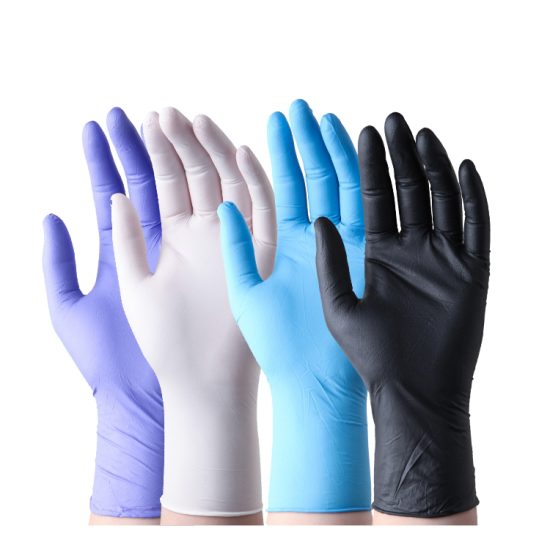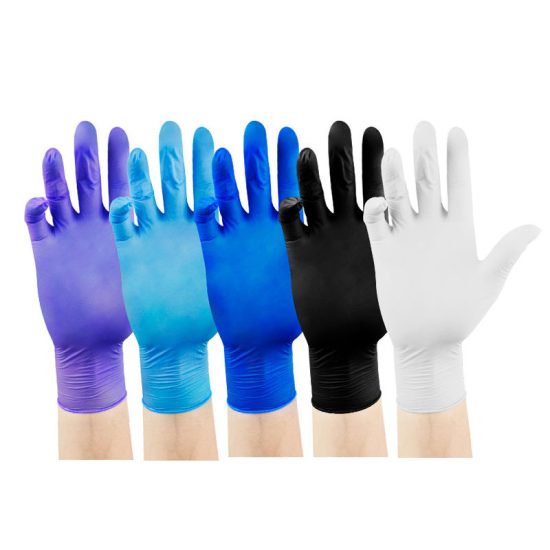Landscapers require work gloves that provide protection, durability, and dexterity to handle a variety of outdoor projects. Here are some types of work gloves commonly used by landscapers:
- Leather Work Gloves: Leather gloves are a popular choice for landscapers due to their durability and resistance to abrasions and punctures. They provide good hand protection and are suitable for handling rough materials like rocks, branches, and thorny plants.
- Nitrile-Coated Gloves: Nitrile-coated gloves offer excellent grip and dexterity, making them ideal for landscapers who need to handle wet or slippery objects. The nitrile coating provides resistance to punctures and enhances durability.
- Cut-Resistant Gloves: Landscapers dealing with tasks involving sharp tools or machinery may benefit from cut-resistant gloves. These gloves have a cut-resistant lining or coating that protects against accidental cuts and abrasions.
- Gardening Gloves: Landscapers often perform gardening tasks such as planting, weeding, and pruning. Gardening gloves, usually made of materials like rubber or nylon, offer protection against dirt, thorns, and minor cuts.
- Waterproof Gloves: Landscapers working in wet or muddy conditions may find waterproof gloves beneficial. These gloves are designed to keep hands dry and provide protection against moisture while maintaining flexibility.
- Impact-Resistant Gloves: For tasks involving heavy equipment or working with materials that may cause impact injuries, impact-resistant gloves can provide added protection. These gloves have padding or reinforced areas to absorb and distribute impact.
- Thermal Insulated Gloves: Landscapers working in cold weather or handling cold objects may require thermal insulated gloves. These gloves provide warmth and protection against low temperatures while maintaining dexterity.
- High Visibility Gloves: Landscapers who work near roadways or in low-light conditions can benefit from high visibility gloves. These gloves have reflective materials or bright colors to enhance visibility and safety.
Remember to consider the specific tasks, hazards, and weather conditions involved in landscaping work when selecting gloves. It’s important to choose gloves that fit well, provide the necessary protection, and allow for comfortable movement and dexterity. Regularly inspect and replace gloves as needed to ensure optimal performance and safety.


